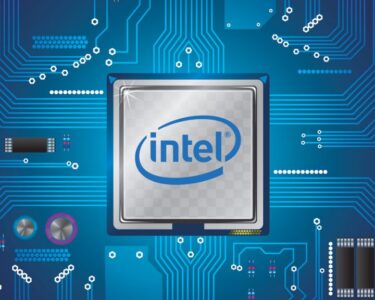On August 22, according to a Reuters report, Arm Holdings, backed by SoftBank Group, disclosed in its U.S. initial public offering (IPO) paperwork that its annual revenue had dropped by 1%, primarily due to a slowdown in smartphone sales. This decline is expected to be attributed to a slump in global smartphone shipments, which had a notable impact on the company’s sales figures for the year ending March 31. Despite this, Arm’s resilience in the chip industry downturn has been better than most, and the company has strategically positioned itself in segments that are still thriving, such as cloud computing.
Arm’s upcoming stock market launch is anticipated to inject life into a somewhat lackluster IPO market. Over the past year, numerous high-profile startups deferred their listing plans due to market volatility. The British firm’s IPO is projected to be the largest of the year and is likely to stimulate renewed interest in the IPO space.
Interestingly, while more than 50% of Arm’s royalty revenue for the latest fiscal year came from smartphones and consumer electronics, the modest decline in overall revenue suggests an increase in its per-chip rates. This could indicate that Arm has successfully managed to negotiate better terms for its chip technology, despite the downturn in the smartphone market.
Arm’s chip technology powers the majority of smartphones, including iPhones. The company has not yet disclosed the number of shares it plans to sell or the valuation it seeks. However, it was previously reported that SoftBank intended to sell approximately 10% of Arm’s shares in the IPO, aiming for a valuation between $60 billion and $70 billion for the chip designer.
The deal between SoftBank and the Saudi-backed Vision Fund has added complexity to Arm’s IPO plans. SoftBank acquired the 25% stake in Arm that it didn’t directly own from the Vision Fund. The transaction has prompted Arm to revise its initial capital-raising targets, which were initially set at $8 billion to $10 billion.
Arm’s prominence in the chip design industry is evident from its technology’s dominance in smartphones and laptops, including those made by Apple, as well as its increasing presence in cloud computing. The company holds a notable 10% market share in cloud computing, with its chips being used not only in servers but also in networking.
Despite its widespread success, Arm has yet to make significant strides in the artificial intelligence (AI) market. Nvidia currently leads in this sector, although it does offer an Arm-based processor in one of its “superchip” offerings that combines AI capabilities with a traditional central processor. Arm is expected to leverage the growing interest in AI to attract investors as it prepares for its IPO launch.
Arm’s financial breakdown reveals that around 24% of its revenue came from China in its latest fiscal year. While this aligns with industry trends, Arm’s revenue from China flows through Arm China, a separate entity in which Arm holds an indirect 4.8% stake. The company expects challenges in terms of declining royalty revenue and licensing revenue from China, attributed to export controls imposed by U.S. and British authorities and a general downturn in the Chinese economy.
The IPO market is set to receive a significant boost from Arm’s listing, as it is expected to pave the way for other major companies to go public. Alongside Arm, names like Instacart, Klaviyo, and Birkenstock are anticipated to make their public debuts in the near future.
Arm plans to list on the Nasdaq under the ticker symbol ‘ARM’. Leading underwriters for the offering include Barclays, Goldman Sachs, JPMorgan Chase, and Mizuho Financial Group. The company has chosen not to designate a traditional “lead left” bank and will instead distribute underwriter fees equally among the top four banks.





